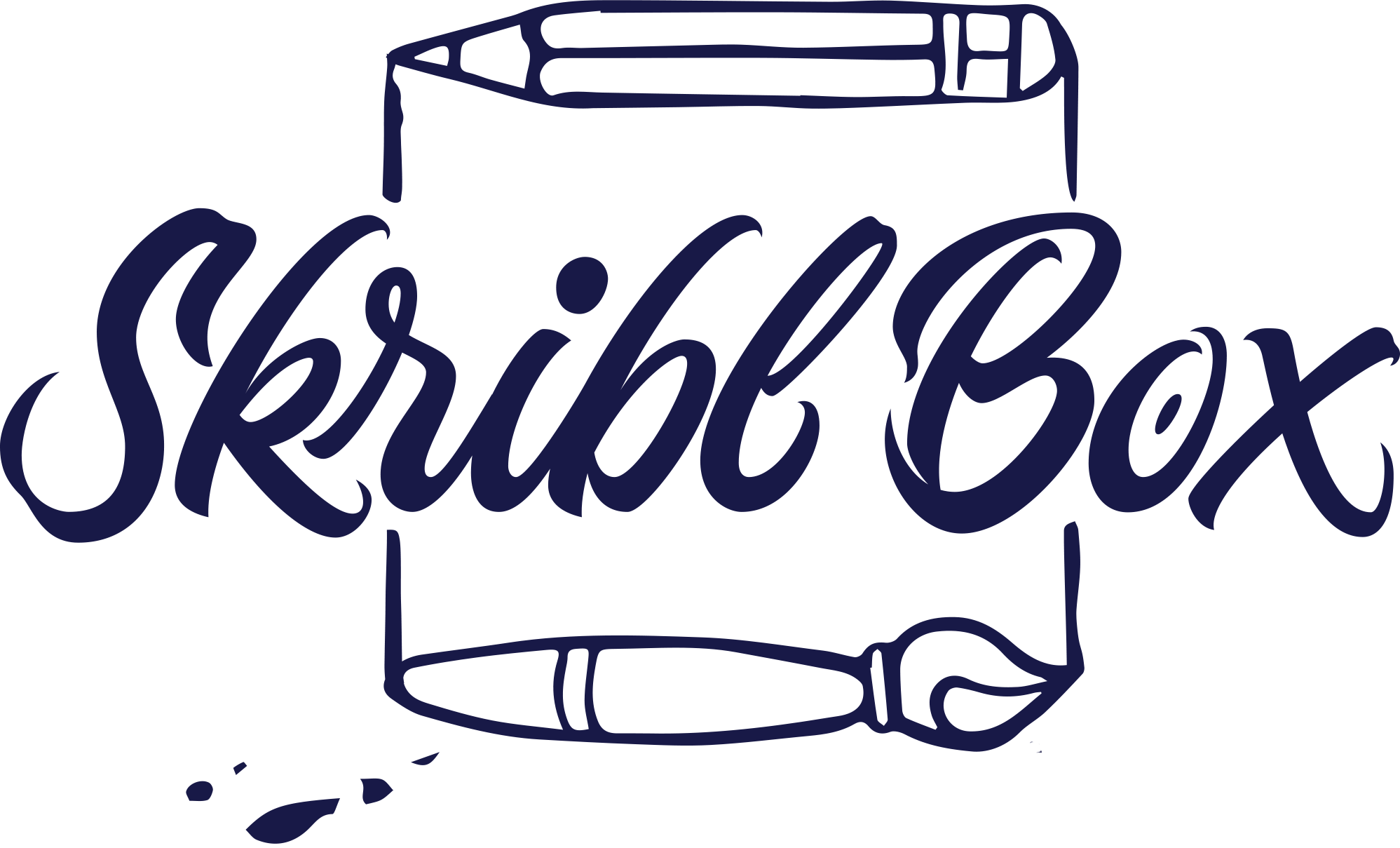Painting ink
With the assistance of SkriblBox enter a world where artistic expression is limitless. The inks we offer printing ink, acrylic ink are your ticket to an adventure of unrestricted creativity, where each mark tells a tale and each canvas becomes a blank slate for ideas.


